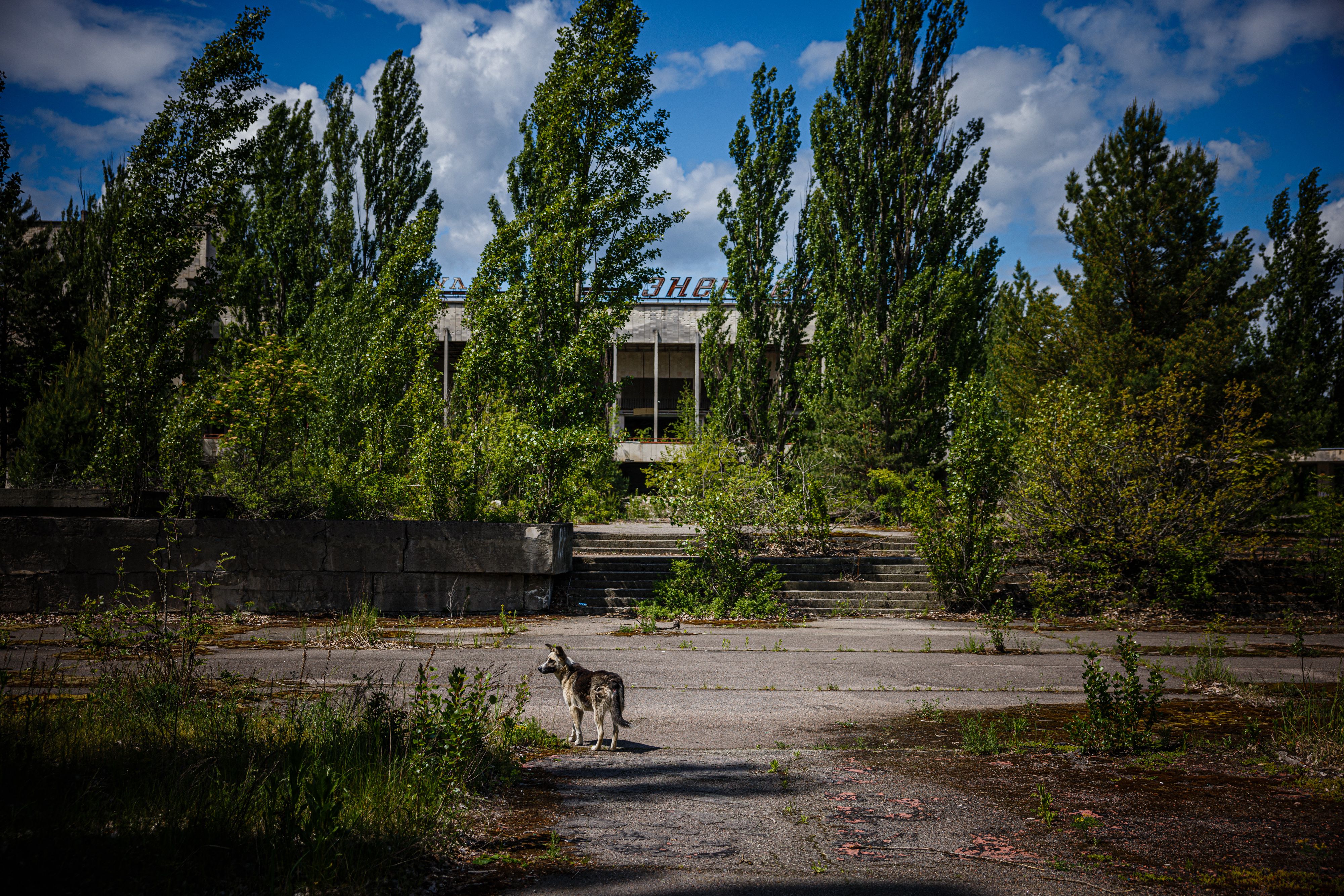Species in Chernobyl is mutating to 'feed' on nuclear radiation
Share:
A fungus at the site of the Chernobyl nuclear disaster has adapted to 'feed' on levels of radiation that would be lethal to most life forms. Cladosporium sphaerospermum is a highly resilient black fungus that scientists have observed growing on the walls of the Number 4 reactor, which triggered the explosion and fire that destroyed the Chernobyl Nuclear Power Plant in 1986.
![[The Chernobyl disaster was a nuclear meltdown that began on April 26 and led to the largest release of radioactive material into the environment in human history]](https://i.dailymail.co.uk/1s/2024/12/16/17/93194611-14197709-The_Chernobyl_disaster_was_a_nuclear_meltdown_that_began_on_Apri-a-3_1734370633108.jpg)
Scientists studying the fungus found it has adapted to use radiation as a source of energy, not unlike how plants derive energy from the sun. The Chernobyl disaster was a nuclear meltdown that began on April 26 and led to the largest release of radioactive material into the environment in human history.
![[Following the tragic event, humans were evacuated from Chernobyl and the surrounding areas to avoid the extreme levels of radiation. But some organisms have survived]](https://i.dailymail.co.uk/1s/2024/12/16/17/93194603-14197709-Following_the_tragic_event_humans_were_evacuated_from_Chernobyl_-a-2_1734370632864.jpg)
Following the tragic event, humans were evacuated from Chernobyl and the surrounding areas to avoid the extreme levels of radiation. From then on, the site was known as the Chernobyl Exclusion Zone (CEZ). The ability of C. sphaerospermum to survive in the CEZ is a testament to how life can emerge even in the harshest, most extreme environments, according to the researchers.
Studying this fugus has revealed ways it could be harnessed to protect humans from radiation, particularly during deep space missions. Cladosporium sphaerospermum, a fungus living at the site of the Chernobyl nuclear disaster, has adapted to 'feed' on levels of radiation that would be lethal to most life forms.
C. sphaerospermum gets its radiation-eating superpower from melanin, the pigment that gives humans their skin color. Previous research published in the journal PLOS One confirmed that C. sphaerospermum can perform radiosynthesis by showing that it grows faster in high-radiation environments.






















